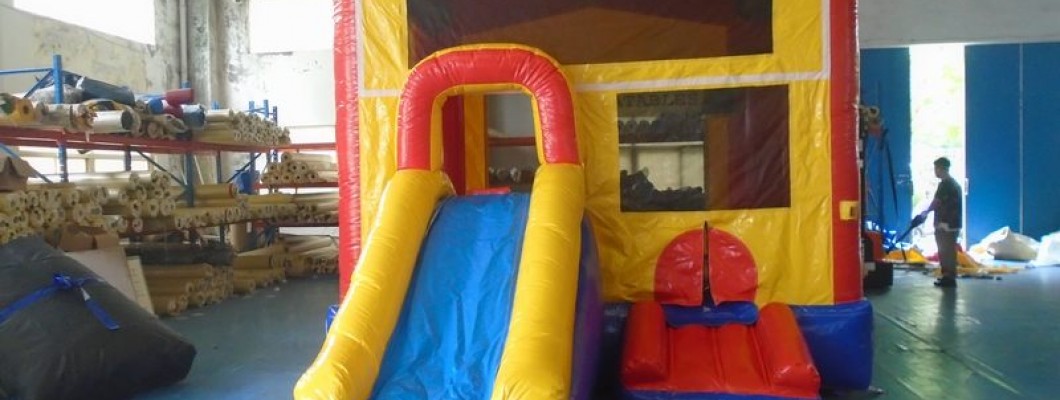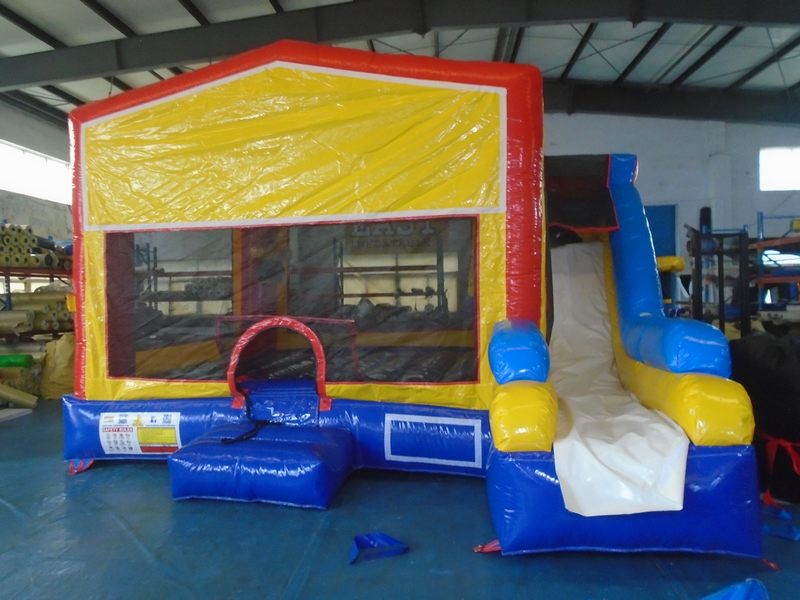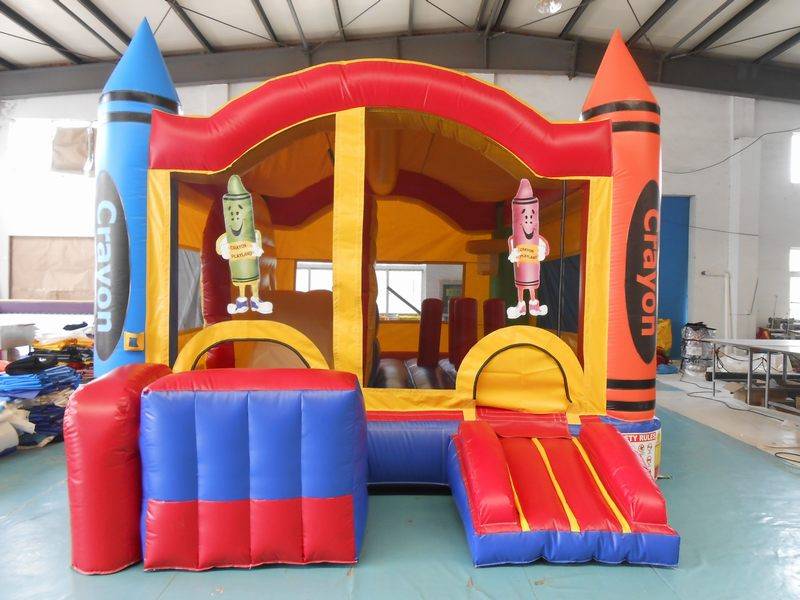
An inflatable blower is a crucial component in ensuring that your inflatable structures, such as bounce houses and slides, remain fully inflated and safe for use. If the blower starts to underperform, it can lead to various issues, including deflation or reduced stability of the inflatable. Knowing how to identify signs of an underperforming blower can help you address the problem before it becomes a safety hazard. Here are some common indicators of blower underperformance and what you can do to troubleshoot.
Signs Your Inflatable Blower Is Underperforming
Here are several signs that suggest your blower might not be performing at its optimal level:
- Slow inflation: If the inflatable takes much longer to inflate than usual, this may indicate that the blower is not providing sufficient air pressure.
- Inconsistent inflation: When your inflatable seems to deflate or lose firmness during use, this is a sign of an airflow issue from the blower.
- Unusual noises: Any strange or loud sounds coming from the blower motor could signal mechanical issues such as motor wear, blockage, or fan damage.
- Overheating: Blowers that overheat quickly or frequently shut off may be struggling to handle the workload. This could be due to motor strain or internal electrical problems.
- Weak air output: If you notice that the air coming from the blower is weaker than normal, this could be caused by a blockage, damaged fan blades, or motor issues.
- Electrical issues: If the blower struggles to stay powered or frequently trips circuit breakers, this can indicate an internal electrical fault or poor voltage supply.
Common Causes of Underperformance
Several factors can contribute to an inflatable blower underperforming:
- Blocked air intake: Dirt, leaves, or other debris blocking the air intake can restrict airflow and reduce the blower's efficiency.
- Worn motor or fan blades: Over time, the motor or fan blades inside the blower can wear out, reducing the overall air output.
- Power supply issues: Insufficient voltage or an unstable power supply can cause the blower to operate at lower efficiency.
- Improperly sized blower: If the blower is too small for the inflatable structure it is powering, it will not be able to provide adequate airflow to keep it fully inflated.
- Mechanical damage: Internal damage to components like the fan, bearings, or motor can severely limit the blower's performance.
How to Address an Underperforming Blower
To ensure your inflatable blower operates effectively, consider the following steps:
- Check for blockages: Inspect the blower’s air intake and remove any debris or dirt that could be obstructing airflow.
- Inspect the motor and fan: If the motor or fan blades are worn or damaged, consider replacing them to restore performance.
- Ensure proper power supply: Verify that the blower is receiving the correct voltage and consider using a surge protector to stabilize power flow.
- Match the blower to the inflatable: Make sure the blower is the right size and power rating for the inflatable structure you are using.
- Professional servicing: If the blower continues to underperform despite basic troubleshooting, it may need professional repair or replacement.
Conclusion
Recognizing the signs of an underperforming inflatable blower is essential for maintaining safe and efficient operation of inflatable structures. By addressing issues such as blocked airways, mechanical wear, or power supply problems, you can ensure that your blower remains in good working condition. Regular maintenance and prompt attention to performance issues will help extend the life of your blower and keep your inflatables running smoothly.




Leave a Comment